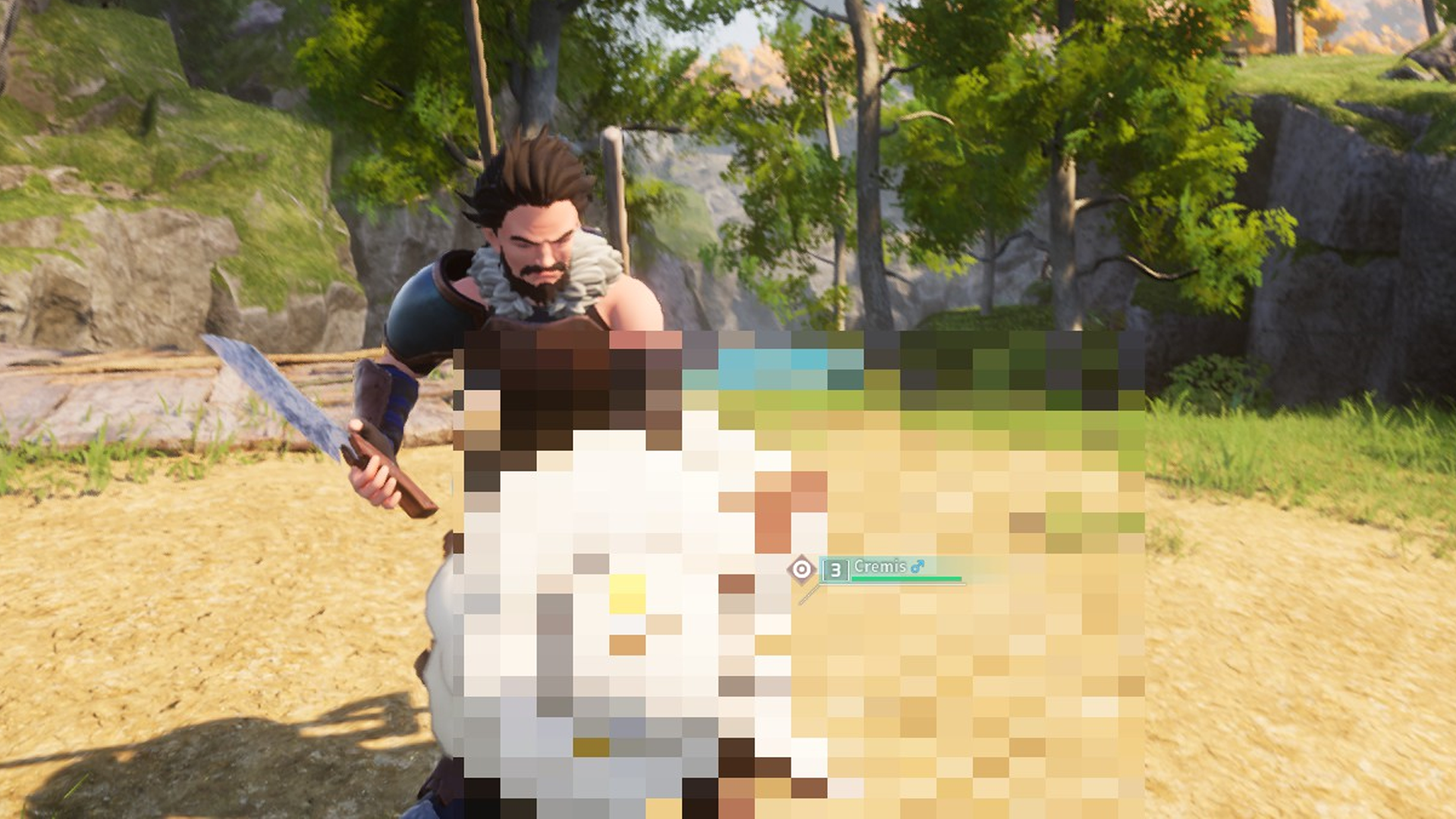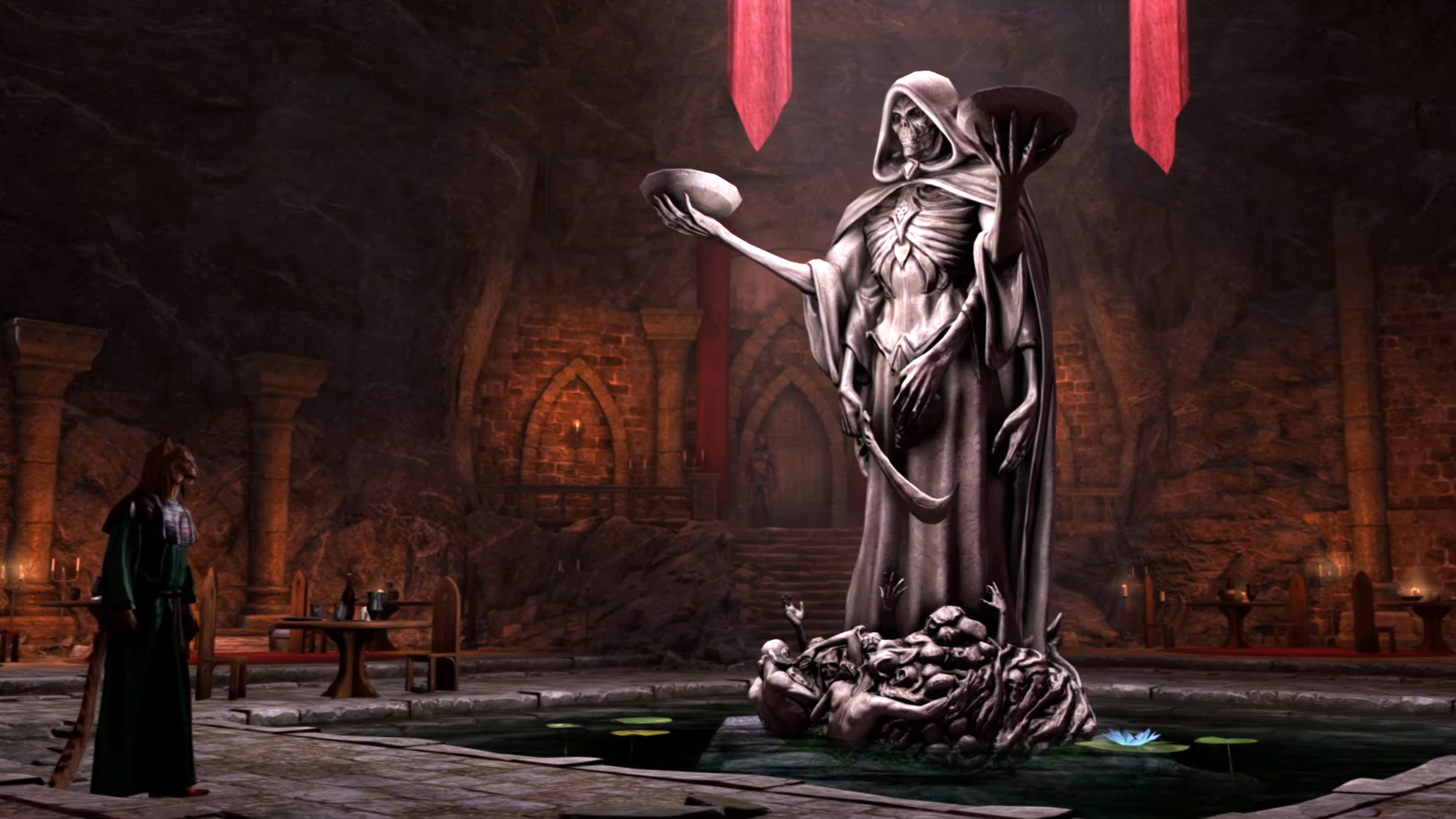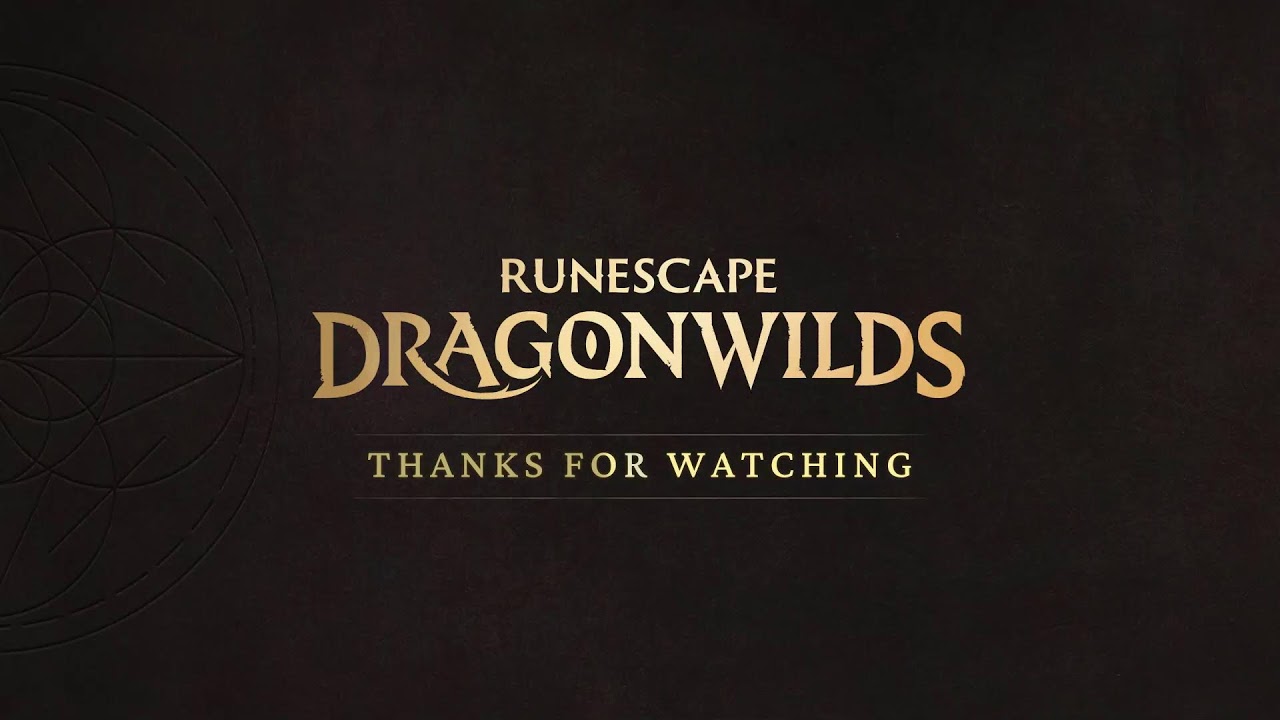I was morally obligated to keep an eye on Palworld. I’ve been playing Pokémon on and off for four fifths of my time on this Earth. I’m a card-carrying Dwarf Fortress weirdo, which Palworld’s lead dev has cited as his favorite game. Ignoring Palworld would’ve been a dereliction of professional duty. Now that I’ve spent a dozen hours with it, emerging this week into early access, I can comfortably say that duty might’ve been fine to leave derelict.
Palworld is lucky to be arriving in a world where the Switch’s proper Pokémon games are as rough as they’ve ever been, with the open world of Scarlet and Violet visibly tearing itself apart at the seams. Palworld might have me soaring over a generic Unreal 5 landscape on the back of a knockoff Charizard, but for a brief moment, it’s a glimpse at what an open world Pokémon could be: one that isn’t flickering in and out of existence whenever you’re arrogant enough to move. I’m a creatures guy! If a game’s letting me loose to collect little freaks, I’m content. But once I’ve landed to add one of Palworld’s creatures to my base-building roster, I’ll remember what game I’m actually playing, because it’ll toot out a little triumphant jingle as it informs me that my new friend has the “Work Slave” passive skill.
Let me put it this way. Watching that first Palworld trailer from 2021 was like seeing a picture of Bugs Bunny smoking weed and half-ironically thinking it’s sick. Actually playing Palworld is like having to hang out for hours with somebody who’s made Bugs Bunny smoking weed their whole deal.
It’s over-committing to the bit, except the bit in this case is, well, abusive labor conditions and animal cruelty. And not only is the bit bad—it’s actively making the rest of the game worse.
First: the big question. Is Palworld just Pokémon with guns? It’s certainly doing its best to look the part. If I open up my Pokédex Paldeck and scroll through the Pals I’ve captured in Poké Balls Pal Spheres, I’m mostly left impressed by the hubris of Palworld’s Japanese developer imitating the Pokémon style so closely when it’s in the center of Nintendo’s lawsuit kill radius.
In a lot of cases, Palworld isn’t mimicking Pokémon’s creature design aesthetic as much as it is building from the reassembled pieces of existing Pokémon, adding a color swap and a couple tweaked details to hide the Frankenstein stitching. It’s a surreal gallery of familiar eyes, limbs, and silhouettes. Vixy is an Eevee with someone else’s head. Mammorest is a mossy Donphan. Jolthog? Shaymin, but electric. Anubis? Lucario, but Egyptian. Robinquill is Decidueye minus owl, Nitewing is Staraptor plus Mega Pidgeot, and Shadowbeak is… let’s say Corviknight x Silvally x Zekrom. With an Arceus belt. I could go on. That said, there are some charming original designs: The profoundly dopey Relaxaurus is a joy to watch waddle around my farm.
Gameplay-wise, though, Pokémon: Gun Version doesn’t actually have that many Pokémon with guns. For the most part, it’s a pretty standard base-building survival game, except of course that I’ve got a team of Pals to assist me. Palworld plays best back at base, where mapping my Pals’ types and abilities to production tasks adds an interesting dimension to the otherwise rote advancement through material and tech tiers. Out in the wild, Pals join in combat against wildlife and hostile poachers. Generally I can have one Pal deployed to fight alongside me at once, attacking with their equipped abilities. Combat’s serviceable, but made a little clumsy by Pals getting tripped up on geometry and bullet spongey damage scaling.
And it turns out I’m typically the only one handling the gunfighting. Each Pal species has an active ability I can tell them to use, some of which can only be accessed after I’ve researched and built an upgrade at my base. That AK-wielding pseudo-Grookey you might’ve seen isn’t constantly bearing arms; it’s using an ability on cooldown. From what I’ve seen, the selection of Pals with gun abilities is smaller than I expected.
(Image credit: Pocketpair)
(Image credit: Pocketpair)
(Image credit: Pocketpair)
(Image credit: Pocketpair)
(Image credit: Pocketpair)
(Image credit: Pocketpair)
(Image credit: Pocketpair)
(Image credit: Pocketpair)
I can’t say I’m particularly disappointed by the lack of more gun-toting Pals, but Palworld seems self-conscious about it. In my dozen hours with Palworld, it felt like it was struggling to fulfill a shock humor quota that its marketing set, and ended up weighing down the pieces that could otherwise be built into a better game. Advancing my base requires the supernatural talents of my Pals, and finding new types of Pals in the wilderness to match base-building niches is a mental puzzle I enjoyed.
If I want to grow crops while I’m out gathering ore, I’ll need a grass-type Pal to plant seeds. I could use my big green dinosaur with the best planting skill, but it eats up a lot of food and can’t join in on any other tasks. Or I could tap in my friendly grass squirrel who plants a little slower, but can assist with logging and transporting goods.
It’s a fun set of factors to juggle. Problem is, that juggling act turns into a slog just so the game can deliver a bad punchline. Palworld isn’t really asking “What if Pokémon had guns?” Palworld is asking “What if you could mangle Pokémon beneath the inevitable, crushing weight of industry?” It’s not tongue-in-cheek. It’s mid-2000s Newgrounds edgelord.
Across the board, Palworld is slanted towards getting me to abuse my Pals. All my production tasks back at base take a while, whether I and my Pals are making arrows, smelting ore, or turning my wheat and milk into pancakes—a single one of which takes almost as long as cooking a pancake in real life. As Pals work, their Sanity decreases (already a bad sign). Keeping them fed and happy when they’re working is a delicate balance of lengthy production times. And because I can only have so many Pals working at once, the pace of progression is pretty glacial.
Enter the Monitoring Stand: a building where I can increase my Pals’ work rate from normal to “cruel,” or even “brutal.” Forcing them to work faster increases their sanity depletion until it’s untenable, increasing their chance of injuries. They’ll get depressed. They’ll get ulcers. They’ll get fractures. I could heal those injuries with medicine, but that would require me to divert Pal slots to medicine production—adding another pressure to work the remaining Pals harder.
(Image credit: Pocketpair)
The crafting and survival in Palworld is only interesting when it’s driving me to make decisions on how I deploy my Pals, but instead of doubling down on what sets it apart, Palworld draws out its progression just so I can terrorize my Pals for a shortcut.
Maybe that’s funny for somebody? I don’t know, man, I aged out of shock humor a decade or two ago, and I’m not convinced it’s enough to sustain a game once the influencer attention shifts elsewhere. Even if I can change the world settings to multiply resource and production rates, Palworld would be better off spending more effort on finding interesting ways to deploy its Pals. When the game’s default trickle of resource rates means the fastest way for me to get my next upgrade is to capture Pals just to harvest them with a censored butchering animation, it only makes me wish it wasn’t wasting my time in the first place.











